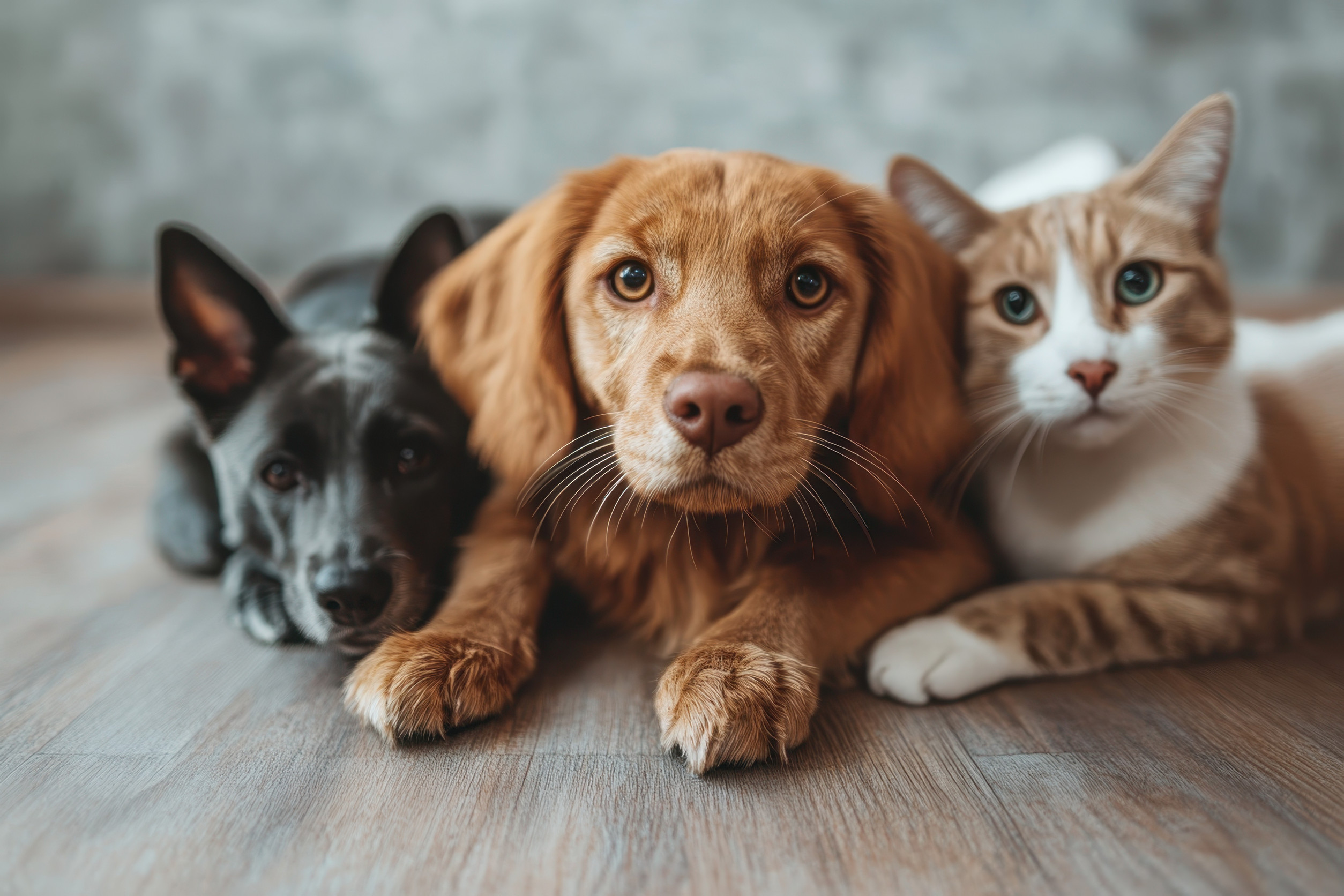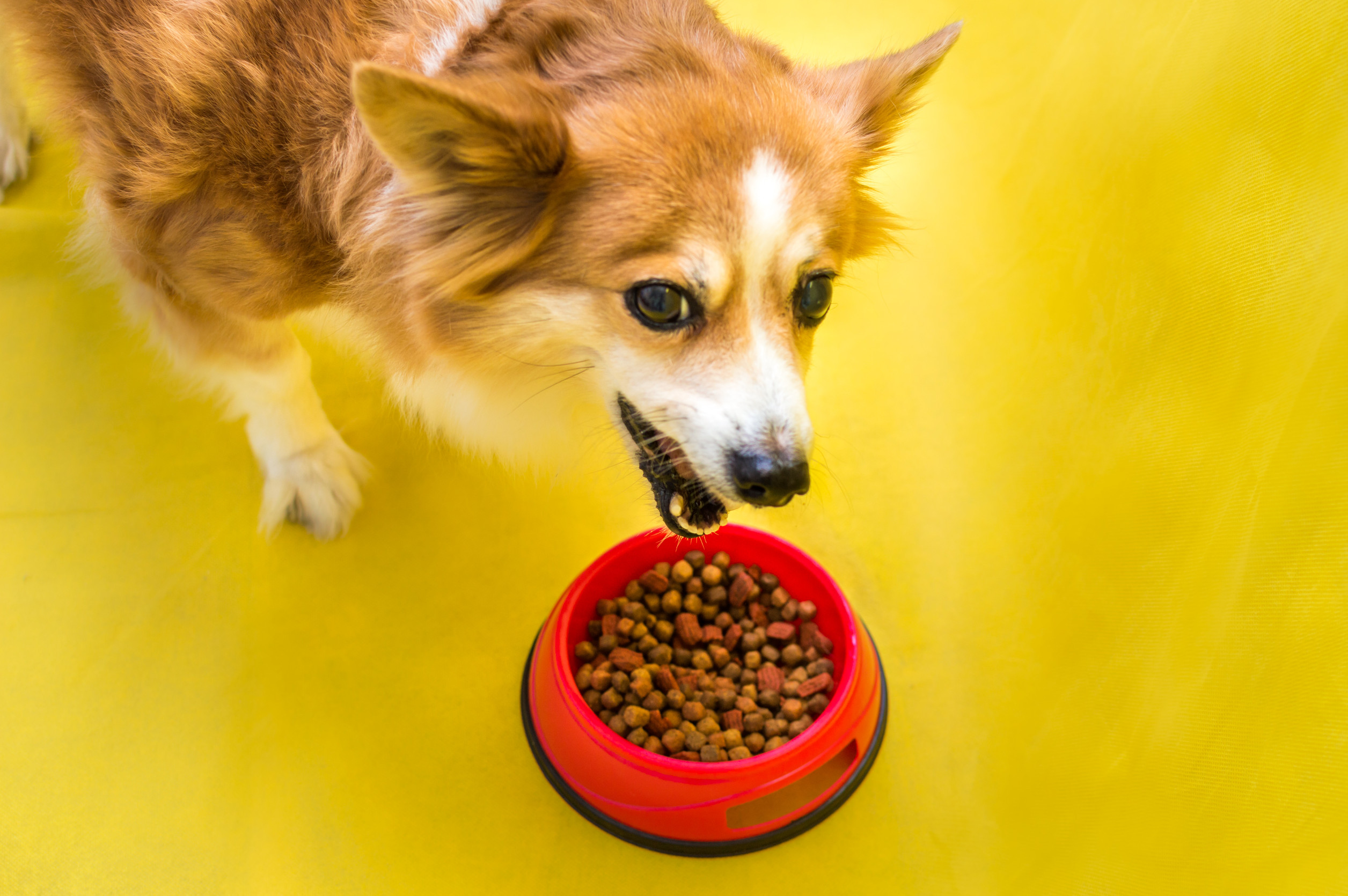If you’ve ever fallen down a rabbit hole of pet nutrition videos or been part of an online pet owner forum, chances are you’ve heard of raw diets. From raw beef chunks to uncooked chicken wings and fresh vegetables, proponents claim these diets mimic what dogs and cats would eat in the wild.
But as interest in more “natural” pet foods continues to grow, so does the controversy surrounding raw feeding. Pet owners want the best for their furry companions, yet the question remains—does raw really mean better? Before you switch out kibble for raw meat, it’s important to take a closer look at the facts, risks, and expert opinions that shape this ongoing debate.
What Exactly Is a Raw Diet?
A raw diet typically consists of uncooked meat, bones, organs, and sometimes vegetables or fruits. Supporters believe this approach replicates the ancestral diet of wolves and wildcats. The idea is that feeding pets raw helps them maintain healthier coats, cleaner teeth, and better digestion.
Some versions of the raw diet are homemade, while others are commercially prepared and frozen for convenience. While the simplicity of the ingredients can be appealing, understanding the full picture requires more than just looking at the label.
The Promised Benefits: Are They Real?
Many pet owners report improvements in energy levels, stool consistency, and overall appearance after switching to raw food. Advocates often mention shinier fur, fresher breath, and reduced allergy symptoms. These positive changes are tempting, but much of the evidence is anecdotal rather than scientifically proven.
Veterinary organizations, including the American Veterinary Medical Association, remain cautious and call for more controlled studies before embracing raw feeding. So while it might work for some pets, these benefits aren’t guaranteed or universally accepted by experts.
Health Risks You Might Overlook
Feeding raw meat can expose pets—and their human families—to harmful bacteria like Salmonella and E. coli. Pets may not show signs of illness, but they can still pass pathogens through their saliva, fur, or feces, increasing household risk. Bones, especially when not properly prepared, pose choking hazards or may splinter and damage internal organs.
Nutritional imbalances are another concern, especially in homemade diets that aren’t properly formulated with the help of a vet or pet nutritionist. Over time, deficiencies in calcium, vitamins, or essential fatty acids can lead to serious health complications.
The Cost Factor: Is It Worth It?
Raw feeding often comes with a heavier price tag than traditional pet food. Between buying high-quality meat, supplements, and proper storage containers, the costs add up quickly. Commercial raw food brands may offer more convenience, but they’re still far more expensive per meal than dry kibble or canned food.
Time is another cost—meal prep for pets becomes more involved, especially when aiming for balanced nutrition. For many households, these financial and logistical demands can make raw feeding feel more like a luxury than a necessity.
What the Experts Say
Most veterinary professionals urge caution when it comes to raw diets. While some may support it under close supervision, especially for pets with specific health needs, the general consensus leans toward skepticism. Veterinarians often stress that the average pet owner lacks the tools to balance a raw diet correctly, which can lead to long-term nutritional issues.
Pet nutritionists may offer customized plans, but their services come at a premium and aren’t accessible to everyone. Until more research confirms the safety and efficacy of raw diets, many experts stick with recommending high-quality, vet-approved commercial food.
The Emotional Side of Raw Feeding
Choosing what to feed your pet is never just about nutrients—it’s an emotional decision deeply tied to love, care, and trust. For some, raw feeding feels like the most respectful, natural way to honor their pet’s instincts. It can also reflect a broader lifestyle choice, aligning with organic or holistic living values.
But this emotional connection can also make it harder to objectively weigh risks or reconsider choices when things don’t go as planned. Being emotionally invested isn’t a bad thing—it just means decisions should be balanced with solid information and open-mindedness.
Making an Informed Choice
Ultimately, there’s no one-size-fits-all answer when it comes to pet diets. Every animal is different, and what works for one might not suit another, especially when factoring in age, breed, and health conditions. A thoughtful, individualized approach—ideally involving a vet—is the safest path forward.
Whether you choose raw, kibble, canned, or a mix, the goal should be long-term well-being, not quick fixes. The best diet is one that’s not only nutritious but also sustainable for both you and your pet.
Is Raw Diet Right For Your Furry Friend?
Have you tried a raw diet for your pet, or are you considering making the switch? We’d love to hear about your experiences, concerns, or questions. Drop your thoughts in the comments below—your story might help another pet owner make a more informed choice.
Read More
14 Pets That You’ll Rarely Need to Take to the Vet
What My Dog Knew About My Depression Before I Did



Leave a Reply